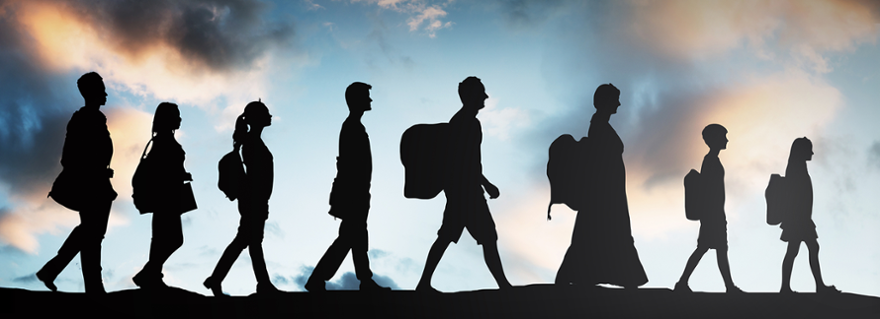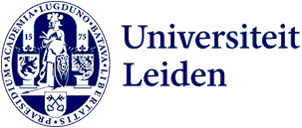
Do’s and don’ts for an effective immigration policy
Stopping people at the border does not result in less refugee migration, but providing relief in the region where migrants come from does. What else would be wise for the next government to do in terms of immigration? Two Leiden researchers offer answers.
First some figures: in 2024, 316,000 immigrants came to the Netherlands, most of whom were labour migrants and their families (source: CBS). Yet the greatest debate concerns the smallest group, the 36,000 asylum seekers. According to Marlou Schrover, Professor of Economic and Social History, asylum seekers are unfairly blamed for all sorts of problems, such as housing shortages. In her view, politicians who want to do something about the problems caused by immigration (exploitation, nuisance and homelessness) should crack down on employers who violate labour laws. And that means enforcement.
Looking at why people seek asylum
Politicians who want to reduce the number of asylum seekers would do well to look at the causes. Schrover: ‘Research has repeatedly shown that people migrate when they lose hope’. People who face the choice between dying or building a new life elsewhere are willing to make the dangerous journey to Europe. That is why Schrover believes it is important to offer support in the region from which asylum migrants originate.
She gives an example: ‘Uganda is taking in a huge number of Sudanese refugees, but aid organisations have lost funding, some of which came from the Netherlands. These include organisations that dig wells. Supporting them would require no changes to the law; we would simply have to do what we already agreed to do.’
Resettlement
Resettlement is another option that could help reduce immigration. It involves granting people refugee status and then flying them to the Netherlands. ‘The big advantage is that it removes people smugglers from the migration chain’, Schrover explains. ‘They push people to migrate because they make huge profits from it. Resettlement also reduces the burden on the IND [Immigration and Naturalisation Service, Ed.] because people with refugee status have already gone through the procedure in a country that borders their country of origin. However, one downside of resettlement is that it can mean that mainly young, fit people are chosen, while others who need help are left behind.’
What should not be done?
There are also policies that do not help curb asylum migration, Schrover says. One example is the dual status system [a system that distinguishes between people fleeing war and people fleeing persecution, Ed.]. ‘We had that and it failed. Why would we do that again?’ Another unwise approach is giving money to countries like Tunisia and Lebanon to stop migrants. ‘This is quite expensive and it has led nowhere. It causes no fewer migrants, only a shift in migration routes.’
Some parties also want to withdraw from or revise the Convention on Refugees. Schrover: ‘Then we’d also have to withdraw from the Universal Declaration of Human Rights, and we’d be the only country in the world that no longer honours it. That means we’d have to leave the EU. And if you want fewer asylum migrants, you definitely shouldn’t do that. After Brexit, England has six times more of them than it did before.’
Stress caused by migration
Immigration is a hot topic in the Dutch parliamentary elections, and discussions and tensions show how sensitive the topic is in the Netherlands. PhD candidate Joyce Snijdewint studies how stress influences people’s views on migration and how perceived threats or challenges play a role in how people respond to social issues. In her research, she looks at Dutch people’s opinions about immigration and how this relates to their physical and psychological stress responses. She measures those responses by looking at heart rate, blood pressure and changes in cardiovascular activity, among other things.
‘In my research, I distinguish between two types of stress. The first is threat stress, where people feel overwhelmed and focus on concrete concerns such as housing shortages and work. This narrows their perspective and makes it more difficult for them to take moral or symbolic considerations into account. There’s also challenge stress, where people think they can handle the situation and there is room for broader discussions about morality and identity. Then people say things like, “we’re all human beings and we want to help other people”.’
Politicians and communication
Snijdewint argues that it is important for politicians to address this in their communications. ‘When politicians primarily make moral appeals (‘we must help everyone’), this can actually provoke resistance among people who are worried.’ Instead, politicians should first acknowledge that people have practical concerns and respond to them. By first addressing concrete issues such as housing, they create space to discuss broader social goals later on. ‘This prevents migrants from being dismissed as the cause of chaos and helps to build a society in which people can live side by side’.
